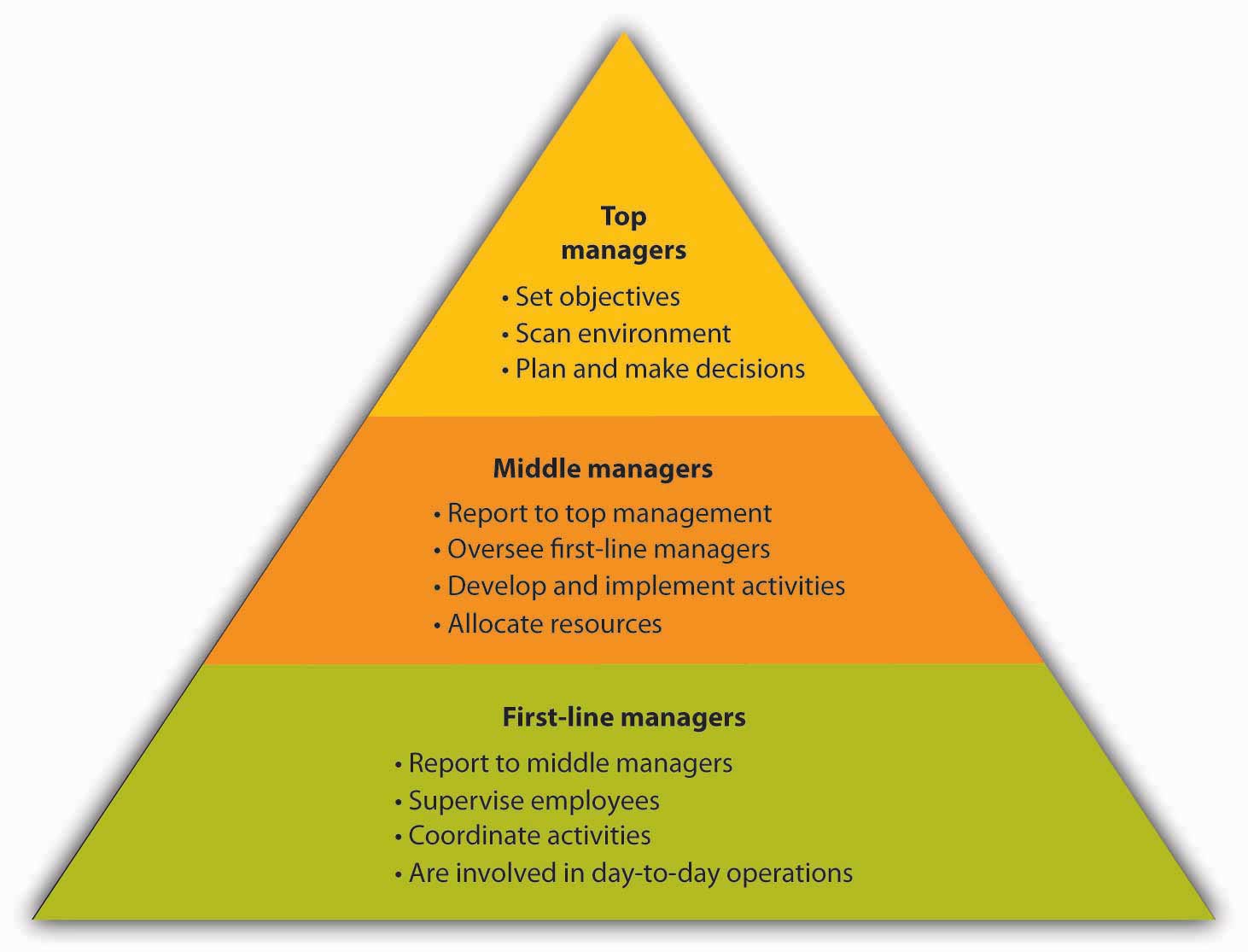Maximizing User Satisfaction with Interactive Applications
페이지 정보
작성자 Rachelle 작성일 25-04-19 12:50 조회 11 댓글 0본문
In today's digital age, user experience and productivity play a crucial role in determining the failure of any application or software. As users interact with digital products, it is crucial to collect their feedback to identify areas of improvement and enhance the overall experience. This is where interactive user feedback systems come into play.
Interactive user feedback systems are designed to collect user input in near-real-time and provide instant feedback to users, allowing them to measure the effectiveness of their interaction. These systems can take various forms, including pop-up messages, each serving a distinct purpose depending on the application.
On-screen hints and pop-up messages are often used to guide users through complex tasks or inform them of any potential discrepancies. For instance, a software developer might use on-screen hints to help users learn the capabilities of a specific feature or tab. Similarly, pop-up messages can serve as warnings, prompting users to complete tasks or preserve changes before proceeding.
Contextual tooltips, on the other hand, are more seamless and can be integrated into the user interface. They provide users with relevant information and insights about specific on-screen elements, enhancing their overall understanding of the application. Contextual tooltips can include tips, explanations, or shortcuts to help users browse complex interfaces and make the most of their interaction.
One of the key benefits of interactive user feedback systems lies in their ability to decrease the time spent by users in troubleshooting issues. By providing immediate feedback and assistance, these systems empower users to self-address problems and streamline their workflow. Moreover, these systems allow developers and designers to collect valuable insights into users' habits, tastes, and challenges, line電腦版 (gwwa.yodev.net) enabling them to refine and update their digital products.
Another critical advantage of interactive user feedback systems is their potential to increase user participation and contentment. By interacting with dynamic feedback elements, users are more likely to stay motivated, knowing that their input is being actively evaluated. Furthermore, the timely delivery of feedback helps to ease frustration, allowing users to build trust with digital products and make smart decisions about their usage.
While implementing interactive user feedback systems can seem challenging, the benefits far exceed the initial expense. Developers and designers can utilize these systems to design more intuitive experiences that drive uptake, retention, and, ultimately, business success.

Interactive user feedback systems are designed to collect user input in near-real-time and provide instant feedback to users, allowing them to measure the effectiveness of their interaction. These systems can take various forms, including pop-up messages, each serving a distinct purpose depending on the application.
On-screen hints and pop-up messages are often used to guide users through complex tasks or inform them of any potential discrepancies. For instance, a software developer might use on-screen hints to help users learn the capabilities of a specific feature or tab. Similarly, pop-up messages can serve as warnings, prompting users to complete tasks or preserve changes before proceeding.
Contextual tooltips, on the other hand, are more seamless and can be integrated into the user interface. They provide users with relevant information and insights about specific on-screen elements, enhancing their overall understanding of the application. Contextual tooltips can include tips, explanations, or shortcuts to help users browse complex interfaces and make the most of their interaction.
One of the key benefits of interactive user feedback systems lies in their ability to decrease the time spent by users in troubleshooting issues. By providing immediate feedback and assistance, these systems empower users to self-address problems and streamline their workflow. Moreover, these systems allow developers and designers to collect valuable insights into users' habits, tastes, and challenges, line電腦版 (gwwa.yodev.net) enabling them to refine and update their digital products.
Another critical advantage of interactive user feedback systems is their potential to increase user participation and contentment. By interacting with dynamic feedback elements, users are more likely to stay motivated, knowing that their input is being actively evaluated. Furthermore, the timely delivery of feedback helps to ease frustration, allowing users to build trust with digital products and make smart decisions about their usage.
While implementing interactive user feedback systems can seem challenging, the benefits far exceed the initial expense. Developers and designers can utilize these systems to design more intuitive experiences that drive uptake, retention, and, ultimately, business success.
댓글목록 0
등록된 댓글이 없습니다.
